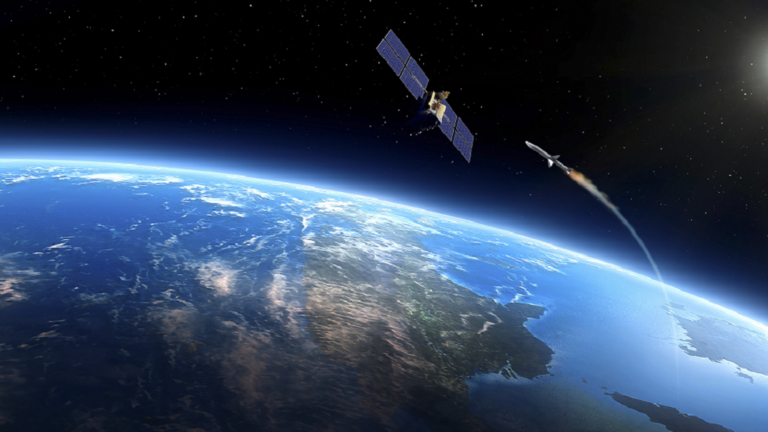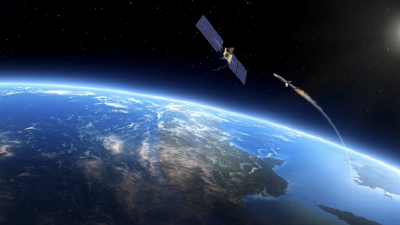This weekend, it is expected that a massive, uncontrolled booster rocket will plunge to Earth, with a significant chance that some debris could be large enough to collide with our planet. The rocket is 53.6 meters long and weighs about 23 metric tons, belonging to a recently launched Chinese rocket. The good news is that the odds of this final descent causing serious damage are extremely low. The bad news is that, so far, we have no strong idea of where the booster rocket is likely to crash.
Researchers around the world are working hard to figure out this part. So far, they are certain that re-entry will occur on July 31, 2022. Aerospace Corporation, a company tracking the re-entry of the booster, stated in a press release this week: "Given the uncontrolled nature of its descent, there is a non-zero chance that any remaining debris will fall in a populated area—over 88% of the world's population lives under the potential debris of re-entry."
The general rule is that 20-40% of the mass of a large body will reach the Earth, although this depends on the design of the body. In 2020, parts of the same type of booster rocket crashed near the Ivory Coast in Africa, sending debris into villages but without recording any significant damage.
The booster in question comes from Long March 5B, launched by the China National Space Administration (CNSA) on July 24, 2022, with a mission to deliver a new module to orbit to help build the country's Tiangong space station. In most rocket launches, the booster helps lift a rocket out of Earth's atmosphere. For reusable boosters like those made famous by SpaceX, once launched, they are guided back to the surface intact and ready for another mission. Typically, boosters commonly used by NASA descend through the atmosphere at the end of a parachute and fall in a predictable area without ever re-entering orbit. They are then recovered by ships and refurbished.
Materials that reach orbit, like this particular booster, become harder to track. Given that Long March 5B is immense, it is expected to bring back around 4-9 metric tons through the atmosphere when the core boosters re-enter. Considering this, it's good to know that earlier this week a study was released estimating the chance of a person dying from falling space debris over the next decade, and it found that there is only a 10% chance of one or more people dying.




